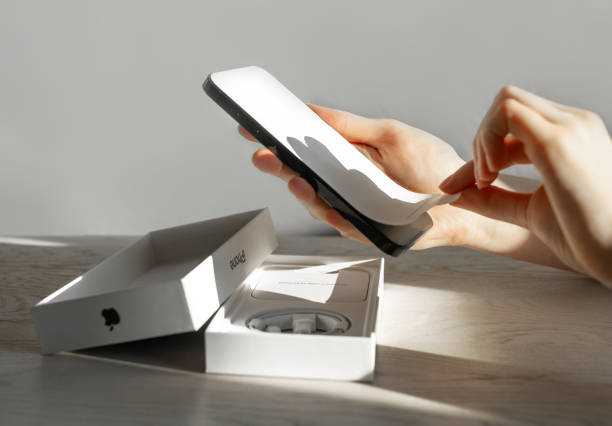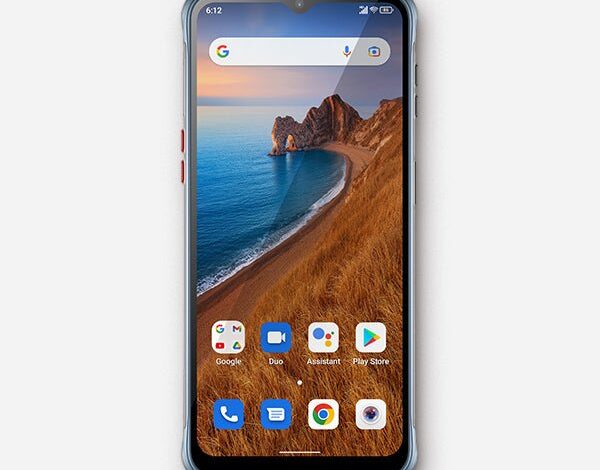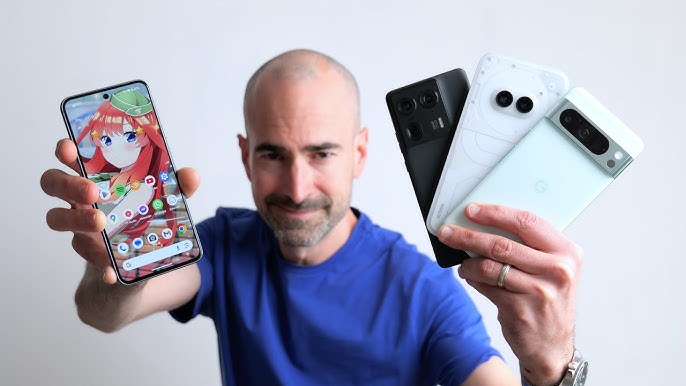
The New Arms Race: Why Massive Batteries Are Defining the Next Wave of Android Phones
The End of Battery Anxiety? How Android Manufacturers Are Embracing Endurance
For over a decade, the smartphone industry has been locked in a relentless pursuit of thinner designs, brighter screens, and more powerful processors. Consumers have been conditioned to accept a silent, unwritten contract: your device will be a marvel of modern engineering, but it will likely be gasping for a charger by dinnertime. This daily ritual of “battery anxiety” has become a universal experience for smartphone users. However, a significant shift is underway in the world of Android News. A new battleground has emerged, one where the ultimate prize isn’t the thinnest profile or the highest megapixel count, but rather sheer, unadulterated stamina. Manufacturers, particularly in the hyper-competitive mid-range market, are now championing massive batteries, with capacities of 6,000 mAh and even 7,000 mAh becoming a key selling point. This move signals a fundamental change in design philosophy, prioritizing practical, real-world user needs over purely aesthetic or benchmark-driven achievements. It’s a tacit admission that for many users, the freedom from a power bank is the most valuable feature of all.
Section 1: The Driving Forces Behind the Big Battery Trend
The pivot towards larger batteries isn’t a random occurrence; it’s a calculated response to a confluence of technological advancements and evolving user behaviors. Several key factors are fueling this industry-wide trend, fundamentally reshaping what consumers expect from their Android Phones. Understanding these drivers reveals a more nuanced picture of modern smartphone development.
The Unquenchable Thirst of Modern Technology
Today’s smartphones are more power-hungry than ever before. The primary culprits are features that, while enhancing the user experience, place immense strain on the battery:
- 5G Connectivity: The rollout of 5G networks, while promising lightning-fast speeds, comes at a cost. Early 5G modems and the constant network searching in areas with mixed coverage significantly increase power consumption compared to their 4G LTE predecessors. A larger battery is no longer a luxury but a necessity to offer all-day 5G usage.
- High Refresh-Rate Displays: Screens with 90Hz, 120Hz, or even 144Hz refresh rates provide incredibly smooth scrolling and animations. However, refreshing the screen 120 times per second instead of the traditional 60 consumes substantially more power. While adaptive refresh rates help mitigate this, the overall energy demand remains higher.
- Powerful System-on-Chips (SoCs): The performance cores in modern chipsets, designed for intensive tasks like 4K video rendering and high-fidelity gaming, are incredibly powerful but also draw a lot of current. Sustained performance, especially for mobile gamers, requires a large energy reserve to prevent both throttling and rapid battery drain.
Market Differentiation and Regional Demands
The mid-range smartphone market is arguably the most competitive segment. With dozens of brands vying for attention, it’s difficult to stand out on specifications alone. Battery life has emerged as a powerful and easily marketable differentiator. A consumer comparing two similarly priced phones might be swayed by the promise of two-day battery life from a 6,000 mAh cell versus a standard one-day 4,500 mAh cell.
Furthermore, this trend is particularly pronounced in specific regions like India, Southeast Asia, and Latin America. In these markets, users may have longer commutes using public transport, where they rely on their phones for entertainment. Additionally, inconsistent access to power outlets makes a long-lasting battery a critical feature. Brands like Samsung with their Galaxy M and F series, and Motorola with certain G series models, have found immense success by specifically targeting these user needs with massive-battery devices.
Section 2: The Engineering Equation: Trade-offs of a Massive Battery
Integrating a 6,000 mAh or 7,000 mAh battery into a smartphone is not as simple as just swapping out a smaller component. It forces engineers to make a series of critical trade-offs that impact the device’s design, usability, and even its long-term health. The final product is a delicate balance between endurance and ergonomics.

The Physical Reality: Weight and Ergonomics
The most immediate and noticeable consequence of a larger battery is the impact on the phone’s physical dimensions. Lithium-ion battery technology has improved, but energy density has not advanced to a point where a massive capacity can be housed in a slim, lightweight chassis.
- Weight: Phones with these large batteries often tip the scales at well over 220 grams, sometimes approaching 240 grams. For comparison, a device like the iPhone 15 weighs around 171 grams. This extra heft is immediately noticeable in the hand and in the pocket.
- Thickness: To accommodate the larger cell, these devices are typically thicker, often exceeding 9mm or even 10mm. This can make them feel bulky and less “premium” than their sleeker counterparts, impacting one-handed usability for some users.
Manufacturers attempt to mitigate this through clever industrial design, using curved edges and tapered frames to make the phone feel thinner than it is. However, the laws of physics are immutable, and users must be willing to accept a heavier, thicker device in exchange for superior battery life.
The Charging Conundrum: Speed vs. Longevity
A massive battery is of little use if it takes an entire day to recharge. This has made fast-charging technology an essential companion to large battery capacities. A 7,000 mAh battery charged with a legacy 10W charger could take over four hours to fill. In contrast, pairing it with 33W or 45W fast charging can cut that time down to a more manageable 90 minutes or less.
However, this introduces another trade-off: battery health. Pushing high wattage into a battery cell generates significant heat, which is the primary enemy of lithium-ion battery longevity. Over time, frequent fast charging can lead to faster degradation of the battery’s ability to hold a full charge. To combat this, manufacturers employ sophisticated battery management systems, including:
- Dual-Cell Batteries: Splitting the total capacity into two smaller cells allows for charging both simultaneously, distributing the electrical load and heat.
- Optimized Charging Cycles: Software that learns user habits, often charging the battery to 80% quickly and then trickling the final 20% just before the user typically wakes up, reducing the time the battery sits at a stressful 100% charge.
The Efficiency Factor: It’s Not Just About Milliamps
Raw capacity (measured in mAh) is only one part of the endurance story. The efficiency of the phone’s other components plays an equally crucial role. A well-optimized phone with a 5,000 mAh battery can sometimes outlast a poorly optimized one with a 6,000 mAh battery. Key factors include:
- SoC Fabrication Process: A chipset built on a more advanced, smaller process (e.g., 4nm vs. 7nm) is generally more power-efficient, performing the same tasks while consuming less energy.
- Software Optimization: The operating system’s ability to manage background processes, app permissions, and connectivity is critical. Aggressive power-saving modes and AI-driven app management can stretch battery life significantly.
This is why simply looking at the mAh number on a spec sheet can be misleading. A holistic view that includes the processor, software, and charging technology is essential for judging a device’s true endurance.
Section 3: Market Impact and Real-World Applications
The proliferation of big-battery Android Gadgets is creating distinct sub-categories within the market and catering to specific user archetypes who derive immense value from multi-day endurance. The impact goes beyond just a specification, influencing purchasing decisions and enabling new usage patterns.
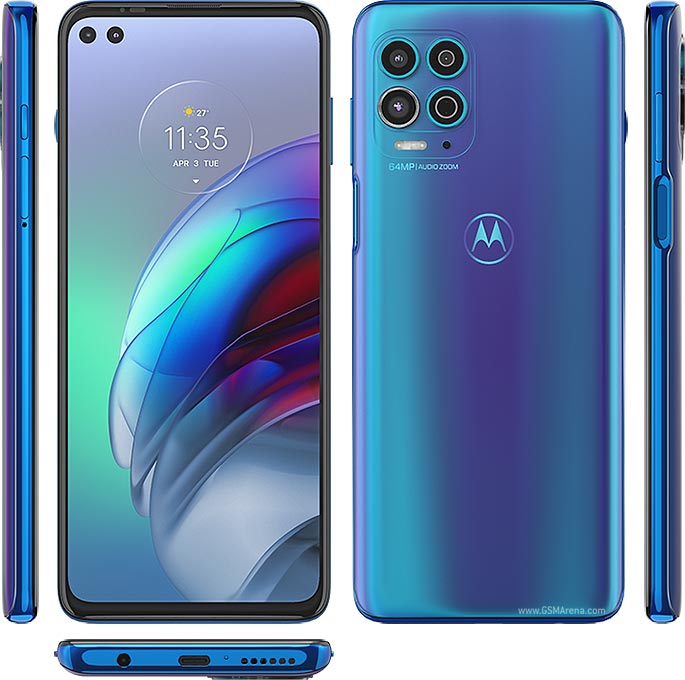
Case Study 1: The Mid-Range Endurance Champion
Consider a gig economy worker, such as a ride-share driver or a food delivery person. Their smartphone is their primary tool for work, constantly running GPS navigation, communication apps, and the platform’s primary application. The screen is on for hours at a time, and 5G/4G data is always active. For this user, a phone dying mid-shift means lost income. A device like a Samsung Galaxy M5x or a Moto G Power, with its 6,000+ mAh battery, is not just a convenience; it’s a professional tool that provides reliability and peace of mind. They can complete an entire 8-10 hour shift without ever needing to connect to a power bank or a car charger, ensuring their workflow is uninterrupted.
Case Study 2: The Mobile Gaming Powerhouse
Mobile gaming has evolved from simple 2D games to complex, graphically intensive titles like Genshin Impact or Call of Duty: Mobile. These games push the phone’s GPU and CPU to their limits, generating heat and consuming battery at an astonishing rate. Gaming-centric phones, like the ASUS ROG Phone series, often feature large batteries (typically 6,000 mAh) for two key reasons. First, it allows for extended gaming sessions. Second, and more subtly, a larger energy reserve helps the phone maintain peak performance for longer. As a battery’s charge depletes, its voltage drops, which can lead to performance throttling to conserve power. A massive battery ensures the system can draw maximum power for a longer duration, preventing frustrating lag and frame drops in the middle of a competitive match.
Case Study 3: The “Digital Nomad” and Traveler
For frequent travelers, digital nomads, or even just commuters with long train rides, access to power can be unpredictable. A phone with a 7,000 mAh battery can be a game-changer. It can confidently last through a long-haul flight with hours of offline video playback. It can serve as a reliable navigation tool for a full day of exploring a new city without fear. It can even function as a hotspot for a laptop for several hours without being tethered to a wall. In these scenarios, the phone becomes a self-sufficient hub of connectivity and entertainment, and the trade-off in weight is a small price to pay for that freedom.
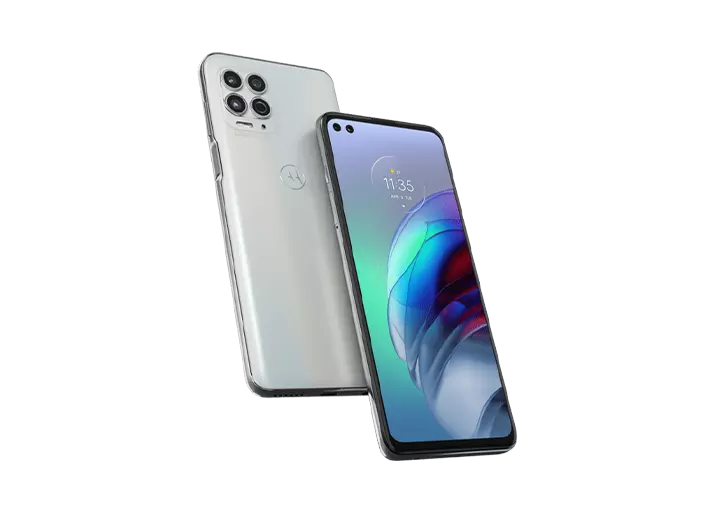
Section 4: Recommendations: Is a Big-Battery Phone Right for You?
With the growing number of endurance-focused Android Phones, it’s important to weigh the pros and cons to determine if one fits your specific needs. It’s not always the best choice for everyone.
Pros:
- Unmatched Peace of Mind: The primary benefit is the elimination of daily battery anxiety. You can leave the house with 50% charge and still be confident it will last the day.
- Multi-Day Usage: For light to moderate users, these phones can easily last two, or even three, full days on a single charge.
- Sustained Performance: Ideal for power-intensive tasks like gaming, video recording, and continuous GPS use, as they can maintain performance for longer without throttling.
- Excellent Value: These devices are often found in the highly competitive mid-range segment, offering incredible endurance for a reasonable price.
Cons:
- Bulk and Weight: They are undeniably heavier and thicker than their counterparts, which can be a deal-breaker for those who prioritize sleek design and portability.
- Potential for Slower Charging: If not paired with sufficiently fast charging technology, refilling the massive battery can be a time-consuming process.
- Compromises in Other Areas: To keep costs down, manufacturers might compromise on other features, such as camera quality, processor speed (using a more efficient but less powerful chip), or screen resolution.
Tips for Prospective Buyers:
- Look Beyond the mAh: Don’t be swayed by the number alone. Research the phone’s charging speed (in watts) and check reviews for real-world screen-on time, which accounts for software optimization and processor efficiency.
- Consider Your Usage: Be honest about your daily routine. If you are always near a charger at your desk or in your car, the benefits of a massive battery might be negated by the ergonomic drawbacks. However, if you’re frequently on the move, it could be a perfect fit.
- Handle One in Person: If possible, go to a store and hold the device. The difference between a 180g phone and a 230g phone is significant. What looks acceptable on a spec sheet might feel uncomfortable in your hand.
Conclusion: A Practical and Welcome Evolution
The rise of the big-battery smartphone represents a mature and user-centric evolution in the Android ecosystem. For years, the industry chased abstract goals of thinness and ever-higher performance benchmarks, often at the expense of the one feature that impacts every user, every single day: battery life. This new trend, driven by the demands of 5G, high-refresh-rate screens, and discerning consumers, brings a welcome dose of practicality back to smartphone design. While the engineering involves clear trade-offs in weight and ergonomics, the tangible benefit of multi-day endurance and the freedom from constant charging is a powerful proposition. As technology continues to advance, the ultimate goal will be to achieve this incredible stamina without compromise, but for now, the era of the endurance-focused Android powerhouse is here, and for millions of users, it’s a long-overdue and welcome change.

